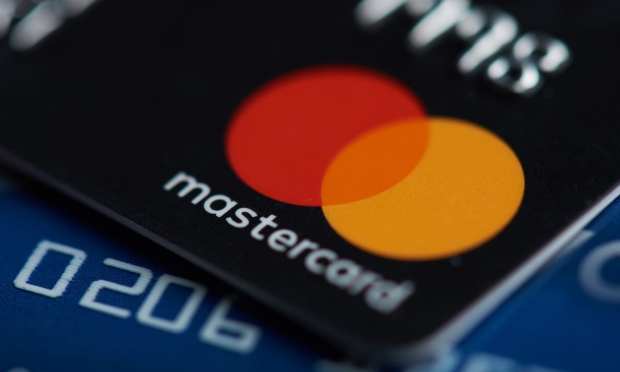Mastercard: Domestic Spend At Pre-Pandemic Levels

On the heels of Visa’s report earlier in the week, Mastercard posted results Thursday (April 29) that showed continued growth in debit spending, though credit seems poised to recover.
The payments giant reported earnings of $1.74, better than the consensus of $1.55, and revenues at $4.2 billion, better than the $3.97 billion that had been expected.
Gross dollar volume grew by 8 percent on a local currency basis to $1.7 trillion. Similar to Visa, cross-border volumes declined by double digits, though at a pace improved compared to past quarters in the pandemic. In the most recent quarter, cross-border volumes were down 17 percent.
Supplemental materials released by the company showed that gross dollar volume was markedly higher in the U.S. versus the rest of the world, up 14 percent versus 5 percent, respectively. With a bit of granular detail, U.S. debit spending, as measured by gross dollar volume, was up 26 percent, while in the rest of the world it was up about 14 percent. In terms of credit spending, that measure declined slightly in the quarter year over year in the U.S.; it was up very slightly in the rest of the world.
Management said on the conference call with analysts that domestic spending has reached levels seen of pre-pandemic spend. This is in part due to the impact of stimulus payments, and U.S. retail sales were up more than 11 percent. As to the rise in debit: during this time of continued economic uncertainty, consumers have been opting to spend money they have on hand for everyday spend.
Total cards out in the field, so to speak, were up 6 percent to 2.8 billion.
In a business update through April 21, switched volume accelerated into the double digits into March and then north of 60 percent in the U.S. and around the globe. Cross-border volume also improved through the quarter, logging in at a positive 11 percent year over year in March and 66 percent in the month of April (through the 21st).
On the conference call with analysts, amid the shift to contactless, management stated that even when the pandemic subsides, 70 percent of consumers surveyed have stated the shifts to contactless payments and digital banking will be permanent. CEO Michael Miebach noted that, too, there are ongoing efforts to digitize supply chains, to make them more flexible (and which should have a ripple effect of digiting B2B payments). Separately, CFO Sachin Mehra noted that cross-border trends should improve as travel rebounds.
Cryptos, Too
As is germane to cryptos, where Mastercard’s virtual testing platforms have been used for central bank digital currency (CBDC) experiments, the CEO said, “We want to play a role in CBDC; we want to play a role in private stable coins. We want to facilitate the buying and selling of crypto assets … I would describe it as relatively early days.” He noted that interoperability remains key, as the utility of digital currencies will come only when businesses and consumers can work with CBDCs. Other applications that might exist with CBDCs, said Miebach, include smart contracts.
